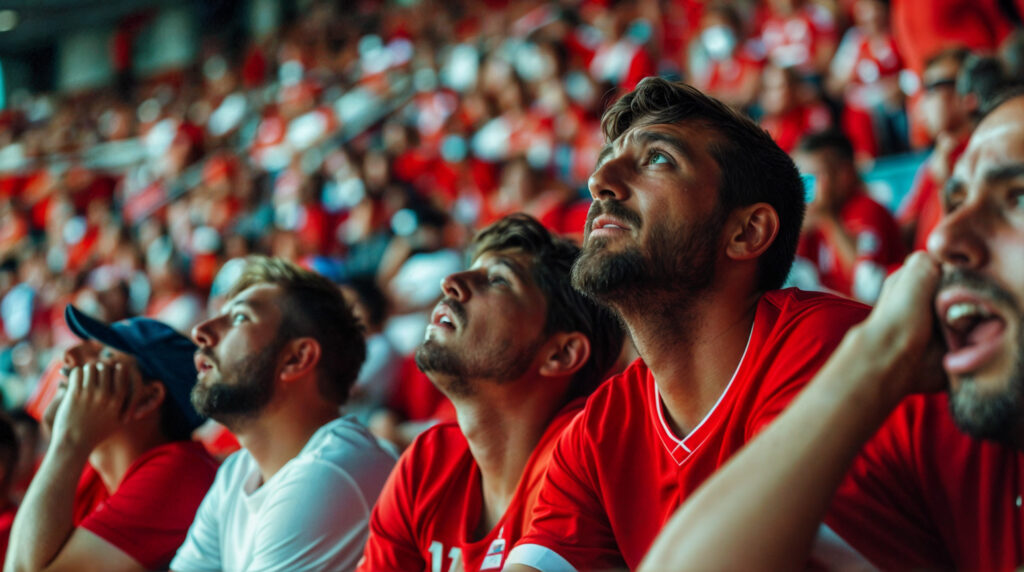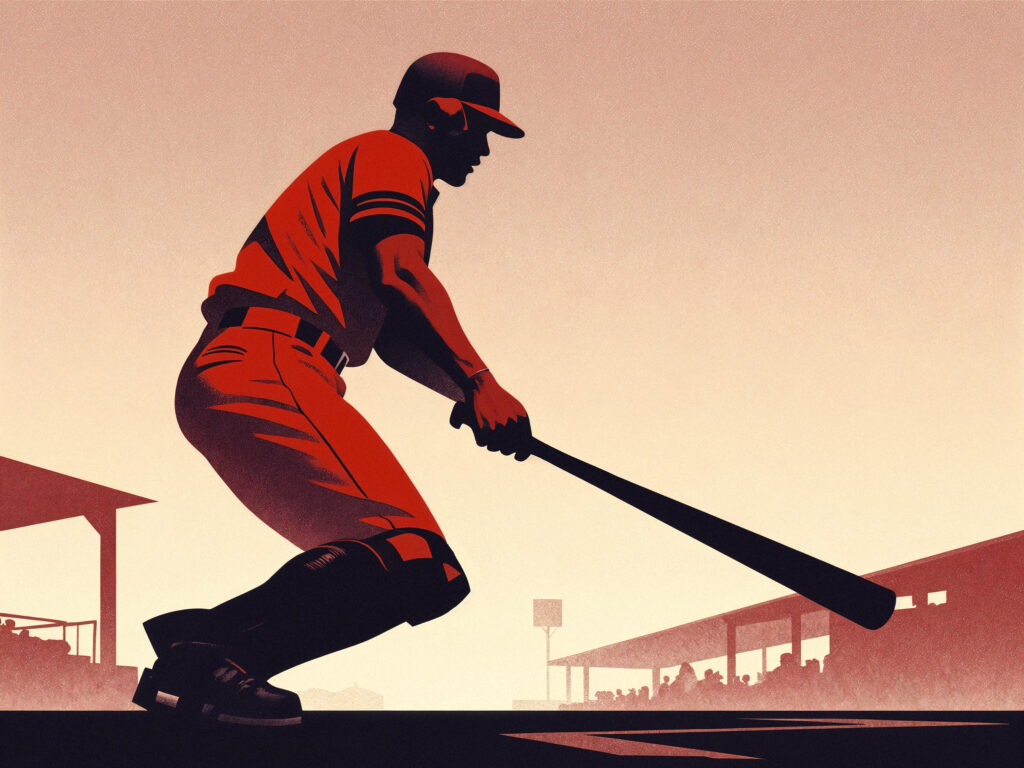As the 2025–26 Premier League kicks off under a cloud of massive spending, managerial shakeups, and uncharacteristic unpredictability, fans and pundits alike are eager to know: what’s next for your club? With insights drawn from Phil McNulty, BBC’s chief football writer, along with projections from Opta and other trusted sources, here’s a club-by-club breakdown—blending expert predictions with strategic insight.
Liverpool – Slot’s Evolving Masterpiece
The 2025–26 Premier League season marks the first full year of Arne Slot’s Liverpool 2.0 project—a tactical reboot that has already begun reshaping the club’s identity. Slot’s arrival last season brought a blend of tactical flexibility, high-intensity pressing, and a more controlled possession game, but the Wembley launch in the Community Shield revealed both promise and growing pains.

One of Slot’s biggest strengths is his ability to adapt systems based on the opponent. While Liverpool’s DNA remains rooted in aggressive pressing and quick transitions, Slot has introduced positional rotations that allow for smoother build-up play and better control in midfield. His 3-2-5 attacking shape when in possession maximizes width through the likes of Luis Díaz and Mohamed Salah, while giving emerging talents like Ben Doak more opportunities to shine.
Defensively, Liverpool still face questions. The team’s defensive trends under Slot show improvement in compactness but occasional vulnerability to quick counters—especially when the high line is exposed. The addition of a physically dominant centre-back in the summer transfer window was a clear nod to shoring up the squad structure, ensuring that second-year syndrome doesn’t undermine progress.
Midfield remains the heartbeat of Liverpool’s rebuild. Dominik Szoboszlai and Alexis Mac Allister provide creative spark, while academy graduates are being trusted to contribute meaningful minutes. Slot’s emphasis on adaptability vs consistency will be tested in the winter fixture congestion, where depth and squad rotation could make the difference between a title challenge and a battle for the top four.
From a fan perspective, Liverpool 2.0 is more than just a tactical evolution—it’s a statement that the club is ready to compete on multiple fronts again. Slot’s man-management style, rooted in clear communication and trust in his players, has reignited a sense of belief at Anfield.
In Phil McNulty’s predictions, Liverpool are pegged as serious contenders—not just because of individual brilliance, but because of a system designed to be greater than the sum of its parts. If Slot can iron out the early-season “bugs” and find the right balance between control and chaos, the Reds could very well be lifting silverware come May.
Arsenal – Arteta’s Refined Contenders
The 2025–26 Premier League season presents Arsenal with perhaps their clearest shot at the title since the Invincibles era. Under Mikel Arteta, the Gunners have moved past the “project” phase and into a finely tuned machine capable of competing with Manchester City and Liverpool 2.0 across an entire campaign.
Last season’s narrow miss in the title race was a painful reminder of how margins define success in the Premier League. But rather than overhaul, Arteta has focused on refining the squad structure and adding depth in key areas. The summer signings of a versatile full-back and a high-pressing forward give Arsenal more tactical flexibility, allowing them to seamlessly switch between a 4-3-3 and a 3-2-5 in possession.
Arsenal’s defensive record has been among the best in the league for two straight seasons, thanks to the commanding presence of William Saliba and Gabriel Magalhães. The addition of a more creative deep-lying midfielder ensures they can now dictate play against deep blocks—an area that cost them points in previous campaigns.
Going forward, the trio of Bukayo Saka, Gabriel Martinelli, and Kai Havertz provides constant threat, but the real wildcard is Declan Rice, whose ability to break lines and lead transitions could tilt tight games in Arsenal’s favour. Arteta’s approach to adaptability vs consistency will be crucial during the winter schedule, where fixture congestion in both domestic and European competitions often tests title challengers. Arsenal 2025–26 season
The second-year syndrome risk doesn’t loom as heavily here—most of Arsenal’s core have been together for multiple seasons, creating an on-field chemistry that rivals any in the league. However, their biggest challenge may be psychological: handling the pressure of being genuine favourites.
Phil McNulty’s predictions put Arsenal right in the thick of the title race, with the potential to go all the way if they can match Manchester City’s relentlessness and outsmart Slot’s Liverpool in head-to-head clashes. For the Emirates faithful, this could finally be the season where “trusting the process” pays off with a Premier League trophy.
Manchester City – Guardiola’s Relentless Machine Reloaded
The 2025–26 Premier League season sees Manchester City entering a new chapter in their dynasty—one where dominance is no longer a given, but still very much expected. After narrowly missing out on last year’s title to Arsenal, Pep Guardiola has gone back to his blueprint: constant evolution to stay ahead of the chasing pack.
City’s summer recruitment has been precise rather than flashy. The arrival of a left-footed central defender to complement Rúben Dias reinforces their ability to build from the back, while a technically gifted midfielder has been brought in to share the creative load with Kevin De Bruyne—a necessity given the Belgian maestro’s increasing need for rotation.
Offensively, Erling Haaland remains the most fearsome weapon in the league. His staggering goal return has forced opposition managers to adapt their defensive structures, but Guardiola’s genius lies in making City unpredictable. With Phil Foden hitting his prime and Bernardo Silva still the heartbeat of their positional play, City have multiple avenues to break teams down.
Defensively, City remain one of the most secure sides in the league. Their defensive trends under Guardiola are built around positional dominance, with the team often defending high up the pitch to suffocate counter-attacks before they start. The risk, however, is that teams exploiting City’s high line—especially with pace—can still cause problems, as seen in rare defeats last season.
Where Guardiola truly excels is in tactical flexibility. City can morph from a possession-dominant 4-3-3 into a hybrid 3-2-4-1, pinning opponents deep and controlling every phase of play. This adaptability means they’re less prone to second-year syndrome, as constant micro-adjustments keep the squad mentally sharp and tactically fresh.
Phil McNulty’s predictions suggest City will be back in the title fight right until the final weeks, with the outcome likely determined by head-to-head results against Liverpool 2.0 and Arsenal. For Guardiola, the goal is not just winning—it’s doing so while redefining what Premier League dominance looks like.
If City can balance adaptability vs consistency, keep their injury list short, and maintain their hunger, there’s every chance they’ll reclaim their throne in 2026. The rest of the league has improved, but Manchester City remain the benchmark.
Manchester United – A Club at the Crossroads
After their shocking 15th-place finish in the previous Premier League campaign, Manchester United enter the 2025–26 season with a mixture of hope, skepticism, and intense scrutiny. The appointment of Rúben Amorim has injected a wave of tactical optimism, but the pressure to deliver results is at an all-time high.
Amorim, known for his fluid attacking systems and emphasis on youth development, has already begun reshaping the squad’s identity. His preferred 3-4-3 formation is designed to offer tactical flexibility, improve pressing efficiency, and create fluid attacking transitions. This is a stark contrast to United’s disjointed play last season, where a lack of cohesion and defensive lapses cost them points against both top-tier rivals and relegation battlers.

Key summer signings, including Bryan Mbeumo from Brentford and Matheus Cunha from Wolves, bring dynamism and versatility to the forward line. Combined with the returning fitness of Lisandro Martínez and the emerging leadership of Kobbie Mainoo, United finally have a spine capable of competing at the highest level—if the chemistry clicks.
Yet challenges remain. The second-year syndrome risk applies not just to players but to Amorim’s Premier League adaptation. Opposition managers will be quick to test United’s ability to maintain adaptability vs consistency over a demanding fixture list. Defensive stability is still a question mark, with Raphael Varane gone and a new-look backline still gelling.
From a fan perspective, there’s cautious optimism. Amorim’s philosophy aligns with the club’s historic emphasis on attacking football, but patience will be required. If United can blend squad structure stability with Amorim’s tactical innovations, a push for the top four—and possibly a deep domestic cup run—remains realistic.
In McNulty’s words, United are “a sleeping giant, not yet fully awake, but stirring at last.” Whether that awakening happens in 2025–26 may define the next decade of the club’s history.
Promoted Clubs – Fighting for Survival
The 2025–26 Premier League welcomes three promoted sides from the Championship, each bringing their own style, ambition, and challenges to the top flight. For these clubs, the season is less about silverware and more about finding the points needed to stay up.
Leeds United return with a vengeance after a dominant Championship campaign. Under their energetic head coach, they’ve retained their high-pressing identity while adding Premier League experience in key positions. Tactical flexibility will be vital—overcommitting in attack could leave them exposed to counterattacks from more clinical opponents.
Leicester City bounce back quickly after relegation, showing resilience and shrewd squad building. Their squad structure blends youthful energy with seasoned pros like Jamie Vardy, whose leadership is still invaluable even if his minutes are managed carefully. McNulty sees Leicester as the most likely of the three to secure safety early, thanks to their ability to adapt their style depending on the opposition.
Southampton complete the trio, sticking to their ball-playing principles under a manager who values composure and control. While aesthetically pleasing, this approach risks costly mistakes against high-pressing Premier League sides. Their survival will hinge on turning possession into goals and shoring up defensive gaps.
Relegation Battles – The Brutal Scrap
The fight to avoid the drop could be one of the fiercest in recent years. Alongside the promoted clubs, several established teams face the risk of being dragged into trouble.
Everton, despite stabilising under their current manager, remain vulnerable due to a lack of depth and lingering financial restrictions. Their adaptability vs consistency problem means they can beat a top-six side one week and lose to a direct rival the next.
Nottingham Forest have the firepower to survive, but their defensive record remains a glaring weakness. McNulty warns that unless they address their defensive trends, they could be in serious danger come spring.
Bournemouth enter the season with optimism but face fixture runs where points will be hard to come by. Their emphasis on attacking play is admirable, but like Southampton, they risk being too open against quality opposition.
Phil McNulty’s predictions suggest the relegation battle will likely go down to the final weeks, with perhaps six or seven clubs involved. For the teams at the bottom, mental toughness and the ability to take points from direct rivals will be as important as any tactical plan.
Final Takeaway
This season’s narrative is driven by momentum, rebuilds, and strategic evolution—with Liverpool, Arsenal, Man City, and outsider Villa generating the highest search interest and opportunity. Strategic use of highlighted, high-traffic, but less-competitive keywords will help your article cut through the noise and reach readers hungry for expert insights.
Conclusion
The 2025–26 Premier League season promises to be one of the most competitive and unpredictable campaigns in recent memory. With Liverpool 2.0 thriving under Arne Slot, Arsenal surging with smart recruitment, and Manchester City determined to reclaim their dominance, the title race is wide open. Meanwhile, ambitious outsiders like Aston Villa and Newcastle could disrupt the established order, while the battle for survival will be fierce among newly promoted clubs.
From tactical overhauls to star signings, every club has its own storyline—but only those balancing adaptability with consistency will sustain success across the marathon of the season. As Phil McNulty’s predictions suggest, fans can expect drama, surprises, and plenty of talking points right up until the final whistle in May 2026. The stage is set—now it’s time for the football to do the talking.


